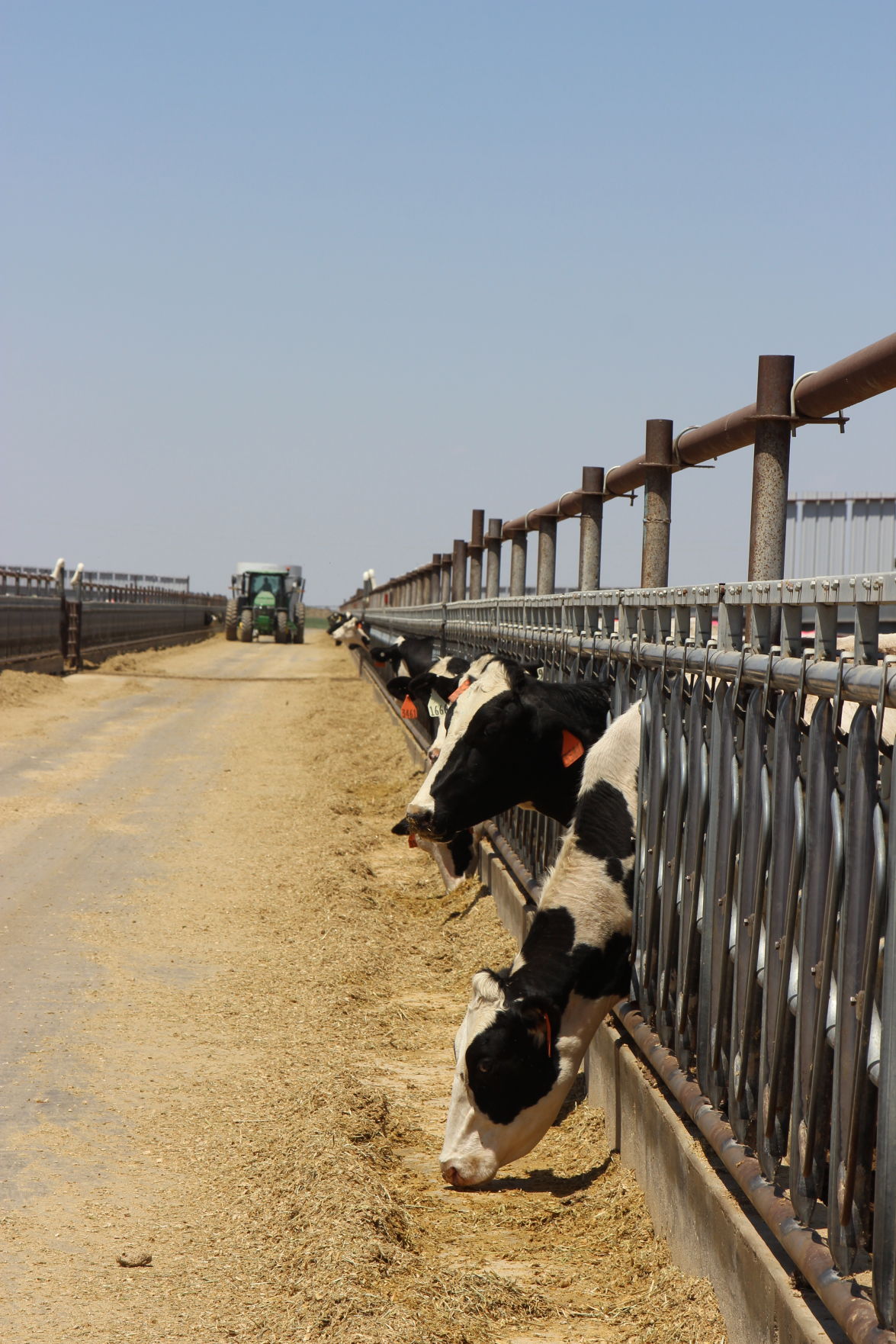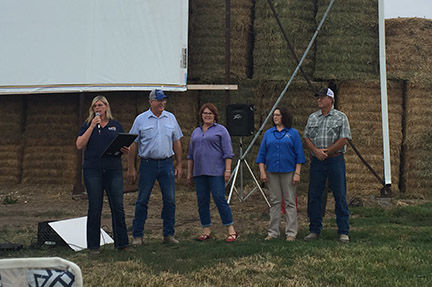The dairy industry in Kansas continues to grow year by year. The Kansas Department of Agriculture’s third annual Kansas Dairy Industry Conference brought together industry partners and dairymen to discuss issues they all face, May 10, at the Finney County Fairgrounds in Garden City, Kansas.
David Hogg, KDA emergency preparedness coordinator, told attendees about the department’s new Kansas Secure Milk Supply Plan. As part of his job, Hogg and his team regularly participate in exercises to help livestock businesses in case of foreign livestock disease outbreaks like foot-and-mouth disease. This year, the KDA chose to look at how the state could secure milk supply chains in the midst of a disease outbreak, and how dairies could be securely permitted to move milk.
“The goal is to keep you all in business, protect the industry,” Hogg said. “FMD would be devastating to the entire sector, and even on down to the commodities. How do we respond to deal with the disease, but don’t kill the industry we’re trying to save?”
If Kansas were to face an FMD outbreak, it could amount to $16 to $140 billion in direct and indirect economic costs. FMD may not kill livestock, but cattle that are infected are not productive and the disease rapidly spreads through a herd. If it gets in, Hogg said, 70 to 90 percent of the animals in the facility will be infected.
“If this were to happen in Finney County, think about the tax base,” he warned. International milk trade could be shut down and that could play havoc with milk markets. It’s as much an economic disease as it is an animal health nightmare.
Therefore, KDA worked with multiple partner states playing out outbreak scenarios and planning responses, since a disease outbreak wouldn’t just stop at state borders.
In theory, the best way to stop a disease is to stop the animals, Hogg explained. Especially in the case of FMD, where it spreads like wildfire, but animals don’t show signs until long into its two-week incubation period.
“You don’t let livestock move, you find the index premises, and then you trace from there,” he said. But, just one week of stopped movement on a dairy—that could be proven to be clean of disease—could mean thousands of dollars of lost income to the dairy and the community.
So, KDA has devised the Kansas Secure Milk Supply Plan for dairies to put in place today that could help them in case of outbreaks tomorrow. This voluntary tool can allow dairies that show they have implemented steps to keep the disease out of their operations and allow them to move product safely and securely. It includes:
• Implementing an enhanced biosecurity plan that identifies necessary movements of livestock, employees and transportation in an outbreak, and has contingencies for those normal operations.
• Establishing a “line of separation” around the facility, much like a moat around a castle, Hogg said. It includes access points, employee parking, milk hauler access points, daily mortality handling, feed wagons, and how to clean and disinfect trucks and equipment that need to cross the line.
• Training of employees to spot the signs of an outbreak and the proper response.
• Keeping records of movement of cattle on and off the property, new feed shipments, visitor logs, drills, etc.
More information about the plan can be found online at www.agriculture.ks.gov/kssecuremilk.
Jennifer M. Latzke can be reached at 620-227-1807 or [email protected].



